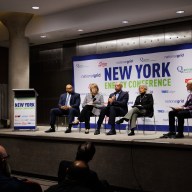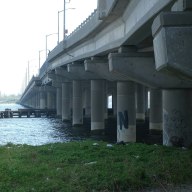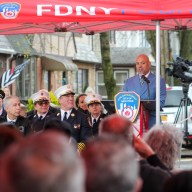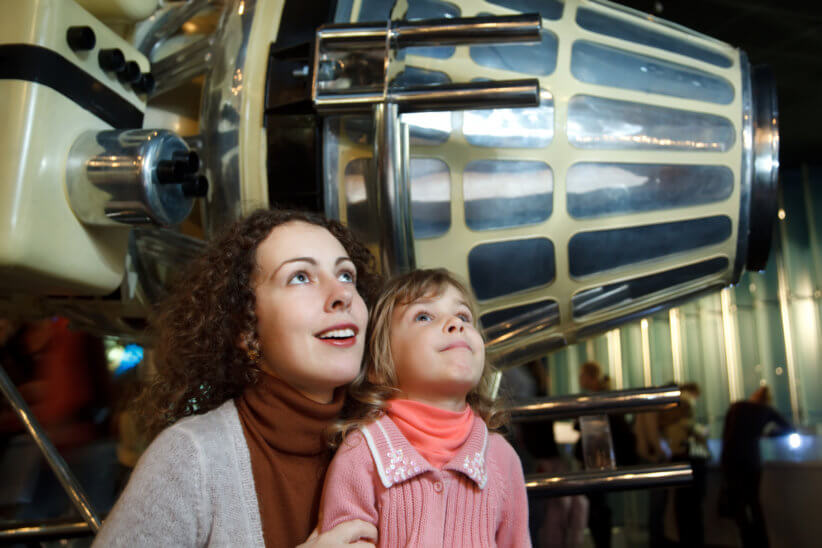Bayside and Fresh Meadows residents do not need to go far for a piece of their neighborhood’s past, as the neighborhoods boast four landmarked sites.
 The Lawrence Cemetery, located in a wooded area at the corner of 216th Street and 42nd Avenue in Bayside, was designated an official city landmark in 1967. According to the BHS, the tiny cemetery is home to a variety of headstones, marking the final resting place of 40 members of the prominent Lawrence family, including John Lawrence, an original patentee, who was mayor of New York City twice in 1673 and 1691.
The Lawrence Cemetery, located in a wooded area at the corner of 216th Street and 42nd Avenue in Bayside, was designated an official city landmark in 1967. According to the BHS, the tiny cemetery is home to a variety of headstones, marking the final resting place of 40 members of the prominent Lawrence family, including John Lawrence, an original patentee, who was mayor of New York City twice in 1673 and 1691.
 The Officers’ Club, known as “The Castle,” was placed on the State and National Registers of Historic Places in 1986. Bayside Historical Society (BHS) officials said the Bayside benchmark is one of the finest surviving examples in the city of the Gothic Revival castellated style, an architectural style that was popular in America in the mid 1800s.
The Officers’ Club, known as “The Castle,” was placed on the State and National Registers of Historic Places in 1986. Bayside Historical Society (BHS) officials said the Bayside benchmark is one of the finest surviving examples in the city of the Gothic Revival castellated style, an architectural style that was popular in America in the mid 1800s.
 The 35-34 Bell Boulevard cobblestone building, located on a commercial street in Bayside, gained historical status in 2004 for being a “rare example of a house built from cobblestones in New York City,” according to the city’s Landmarks Preservation Commission (LPC). Construction on the two-and-a-half story structure was completed in 1906.
The 35-34 Bell Boulevard cobblestone building, located on a commercial street in Bayside, gained historical status in 2004 for being a “rare example of a house built from cobblestones in New York City,” according to the city’s Landmarks Preservation Commission (LPC). Construction on the two-and-a-half story structure was completed in 1906.
 The Brinckerhoff Cemetery, a colonial-era burial ground in Fresh Meadows, was given recent landmark status this August for its archeological importance. LPC officials said the 18th Century cemetery, located on 182nd Street, ties New York City to its earliest days as a Dutch settlement. The site is the final resting place for roughly 80 of the borough’s earliest and most prominent settlers. Community leaders fought to preserve the site for more than a decade after critics had raised regulatory questions about the possible designation, saying the land — which is now peppered with scattered trees and shrubs — had no visible markers or gravestones. LPC leaders, however, ultimately decided there is no evidence the historic graves and markers were removed and agreed the site’s subsurface conditions should not be disturbed.
The Brinckerhoff Cemetery, a colonial-era burial ground in Fresh Meadows, was given recent landmark status this August for its archeological importance. LPC officials said the 18th Century cemetery, located on 182nd Street, ties New York City to its earliest days as a Dutch settlement. The site is the final resting place for roughly 80 of the borough’s earliest and most prominent settlers. Community leaders fought to preserve the site for more than a decade after critics had raised regulatory questions about the possible designation, saying the land — which is now peppered with scattered trees and shrubs — had no visible markers or gravestones. LPC leaders, however, ultimately decided there is no evidence the historic graves and markers were removed and agreed the site’s subsurface conditions should not be disturbed.































